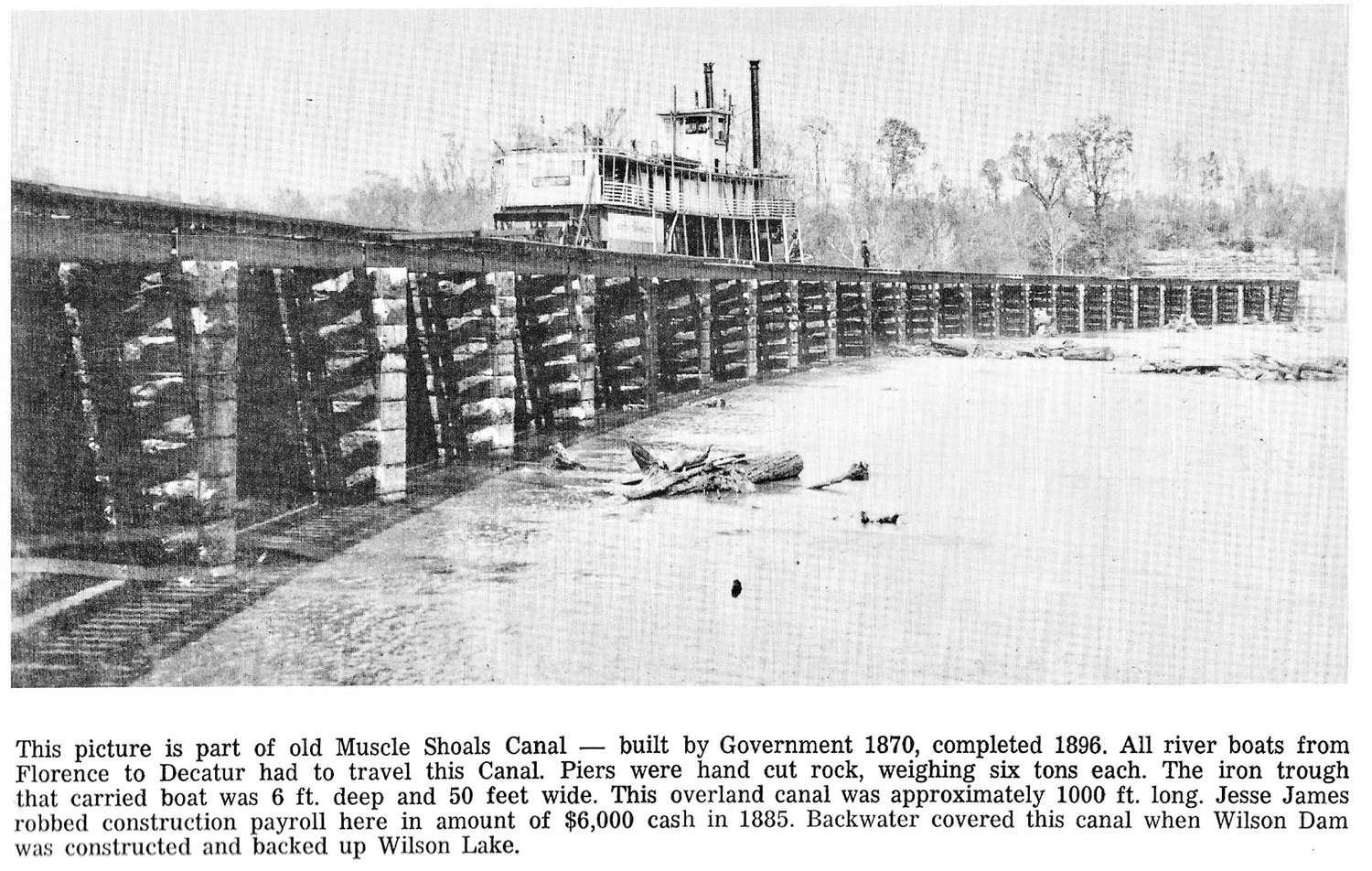It is hard today to imagine what the Tennessee River that we enjoy swimming and boating in today was ever a small, uncontrollable river that caused much damage when it flooded its banks in the …
This item is available in full to subscribers.
We have recently launched a new and improved website. To continue reading, you will need to either log in to your subscriber account, or purchase a new subscription.
If you are a current online-only subscriber, you already have an account here. Simply clicking here to reset your password.
If you are a current print subscriber, you can set up a free website account and connect your subscription to it by clicking here.
Otherwise, click here to view your options for subscribing.
Please log in to continue |

It is hard today to imagine what the Tennessee River that we enjoy swimming and boating in today was ever a small, uncontrollable river that caused much damage when it flooded its banks in the valley. In 1933, Congress created the Tennessee Valley Authority (TVA) authorizing the agency to assist “the proper use, conservation, and development of the natural resources” of the valley. Between 1933 and 1941, TVA built seven dams along the River and its major tributaries, each dam constituting a large, complex, public works project. The dams were more than the products of superb engineering; they were monuments to the nation’s ability to harness the untamed force of the Tennessee River for the economic and social well-being of the region.
I try to imagine what it was like for my ancestors, the Lomenick family, to venture down the river in a flat bottom boat from Chattanooga to what is now Bear Creek. They farmed the area that is now under the river and what is called Bear Creek. I once read that my great-grandfather Lomenick died in Colbert County, Ala. I couldn’t figure out why he was buried at Snowdown, but then I realized their farm, that was purchased and flooded by TVA, was in Alabama, at the end of Snowdown Road! My grandfather, Dennis Charles (D.C.) Daugherty, used to enjoy riding down to Durbin’s Ditch and visit where the old homeplace used to be located. I just wish I had asked more questions about his childhood. I do know his mother was Slyvaneous Lomenick and his father was Dennis Houston Daugherty, a much older man who had died in Chattanooga when “Little Dart” was a baby. His mother brought her little son down the river with the rest of the family to start a new life. My grandparents, Blanche Bayliss and D. C., were married at a town called Slew Springs, Ala. which today is also underwater.
Many of our ancestors came to also settle at Eastport, which was the booming town on the wild river. Much of the old Eastport is also under the river and lake we play in today.
So now when I cross the Tennessee River in Florence, I will imagine this man-made canal, shown above, under the great river all the way to Decatur!